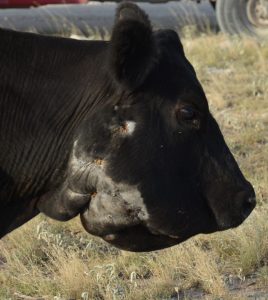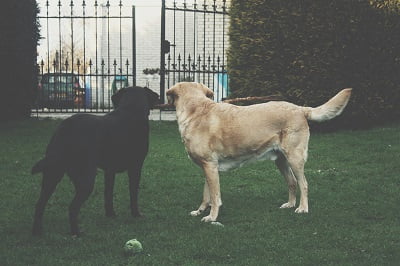Snake Venom Toxicity
Snake Venom toxicity is one of the rare reason of mortality in animals, mostly in villages and towns. Today we will discuss about this toxicity.

Sanke Venom Toxicity
Snake facts
Snakes are reptiles. There are about 3000 species of snakes in the world and 375 of them are venomous snakes. Only poisonous snakes have fangs and the non poisonous snakes don’t have fangs but they have
teeth.
Classification of snakes
Poisonous snakes belong to three Families on thebasis of poison secreted :
1. Elapidae : Neurotoxic (Common cobra, king cobra, kurait)
2. Viperidae : Vasculotoxic (viper, Russel’s viper)
3. Hydrophidae : Myotoxic (20 types of sea snakes)
Common venomous snakes
- Rattlesnakes and pit vipers the true vipers, e.g. Vipera, cobra, mamba, Krait
- python can swallow a full size deer whole.
Poisonus snakes in Pakistan
- Indian Python (Azdaha)
- Indian or Spectacled Cobra (sheesh nag)
- Saw Scaled Viper or Carpet Viper (Lundi)
- Russell’s Viper ( Koriwala)
- Indian or Sind Krait (Sang choor)
Etiology
Venom injected into victim by a bite with specially adapted fangs.
Epidemiology
incidence is controlled by geographical distribution of snakes and their numbers Asia, India, Africa, Central South America, Australia, southern United States snake populations are large. Isolated attacks during summer months A rare clinical disease in large animals.
Pathogenesis
The effects envenomation depend upon size and species of snake, size of bitten animal, location of bite. The toxins in venom include:
- Neurotoxins, causing flaccid paralysis
- Cytolisins, associated with tissue necrosis
- Hemolysins, coagulant or Thrombase, anticoagulants
- Myotoxins, muscle necrosis myoglobinuria
Clinical findings
- Muscle weakness,
- stumbling gait, recumbency,
- pupillary dilation,
- swallowing paralysis, salivation,
- muscle tremor.
- May be swelling and tissue necrosis at bite site.
Diagnosis of Snake venom Toxicity:
- History, CF, bite mark
- ELISA for identification of venom in blood, urine or other body tissue or fluids.
Treatment of Snake Venom Toxicity:
A firm pressure bandage is applied at Excision of bite site is recommended for the bites of snakes, which are associated with a serious local reaction.
Systemic treatment include:
- Antivenin (1U/70kg, 5U/9 18kg) Also apply locally
- antibiotics: Broad spectrum
- Antitoxin: Tetanus
- Antihistaminics & corticosteroid (Allergic reaction to antivenin)
For More Diseases visit Technovets regularly
For Any kind of book visit Veterinary Discussions





